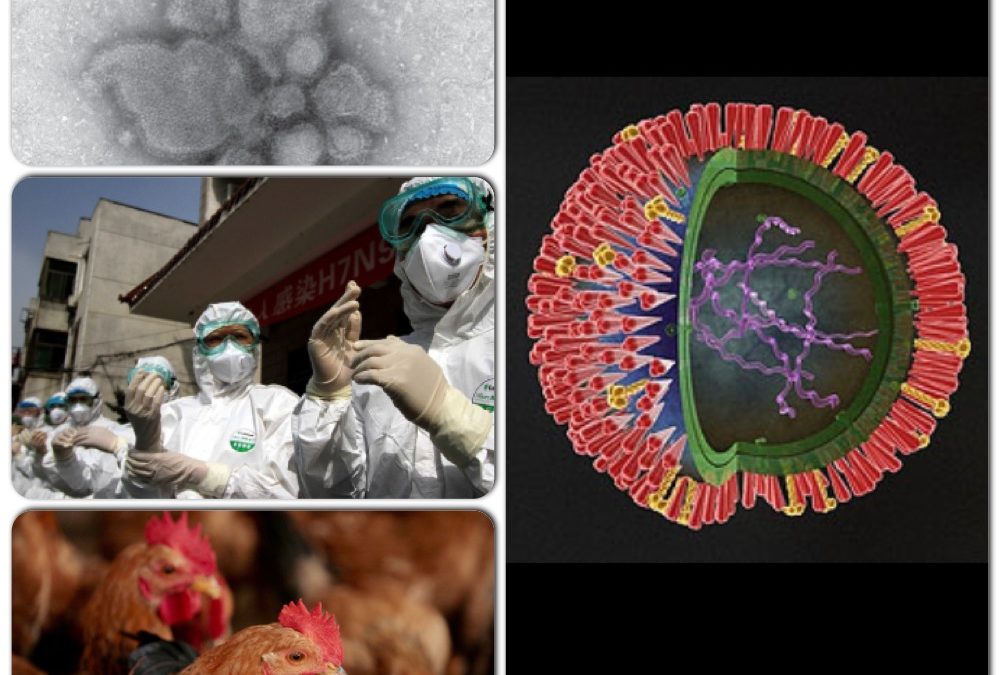Date: Sun 8 Dec 2013
Story communicated by and reposted from: ProMED-mail
19 people who came into contact with Hong Kong’s 2nd H7N9 flu patient are being kept in isolation in a hospital and at a holiday camp. They include 13 Tuen Mun Hospital patients who were being cared for in beds close to the 80-year-old man when he was initially admitted to hospital for diabetes and heart failure. Five of the man’s relatives and the taxi driver who took him from the Shenzhen Bay border post to the hospital make up the rest of the group. Seven of the 19 were yesterday [7 Dec 2013] moved from Princess Margaret Hospital to a quarantine centre set up at the Lady MacLehose Holiday Village in Sai Kung. The rest remain in the hospital in Kwai Chung.
Health chief Dr Ko Wing-man said one or 2 of the 19 had mild symptoms of upper respiratory tract infection. He said experts believed some chickens in Shenzhen had been infected with the deadly virus. Hong Kong authorities had provided information to their Shenzhen counterparts so they could try to trace the source of the virus, he added.
The man in the latest case lives in Shenzhen. He was in stable condition yesterday [7 Dec 2013], while the 36-year-old Indonesian domestic helper, the 1st person in the city confirmed to have the H7N9 avian influenza virus, remains critically ill in intensive care in Queen Mary Hospital, Pok Fu Lam. Ko said the woman’s condition had gradually improved, but doctors decided she should stay in the intensive care unit.
Ko said the 80-year-old patient had hearing problems and medical staff had trouble communicating with him. “We’re still looking into what he has done in Shenzhen. We heard he had eaten chicken, but it’s unclear whether he came into direct contact with live poultry,” he said.
Shenzhen’s centre for disease control and prevention yesterday [7 Dec 2013] sent a team to collect samples from the Yonghe and Shuihetian markets in Baoan district, close to where the man lives. Chickens were being sold as usual at the 2 markets, and neither had been subject to sterilisation [?]. “The authorities had not taken steps to stop selling chickens. We feel worried, but have to make a living,” a chicken seller at the Yonghe wet market said. A vendor at a Shekou wet market said: “The government should buy and take away all our chickens to test.”
The man in the latest case had treatment for heart disease at the Fuyong People’s Hospital between 13-29 Nov 2013. A nurse who took care of him said none of the staff had been asked to have a test or been put in isolation. University of Hong Kong microbiologist Ho Pak-leung said it appeared clear that the virus had spread in Shenzhen but that all evidence so far suggested it could not sustain effective human-to-human transmission. Ho said all mainland live poultry imports should be halted.
[Byline: Ada Lee, He Huifeng and Emily Tsang]
[From the timing of events it seems likely that 80-year-old patent arriving in Hong Kong from Shenzhen had become infected from exposure to birds or bird carcasses in Shenzhen before arrival in Hong Kong. There has been no evidence up to the present of transmission of infection from the 2 patients to any other human contact. The younger of the 2 cases is now reported to be recovering. The outcome of the quarantine measures are awaited with interest.
According to this account, the authorities in Shenzhen appear to have been remarkably lax in their control of local live bird markets.
A HealthMap/ProMED-mail map can be accessed at <https://healthmap.org/r/1s3->.

